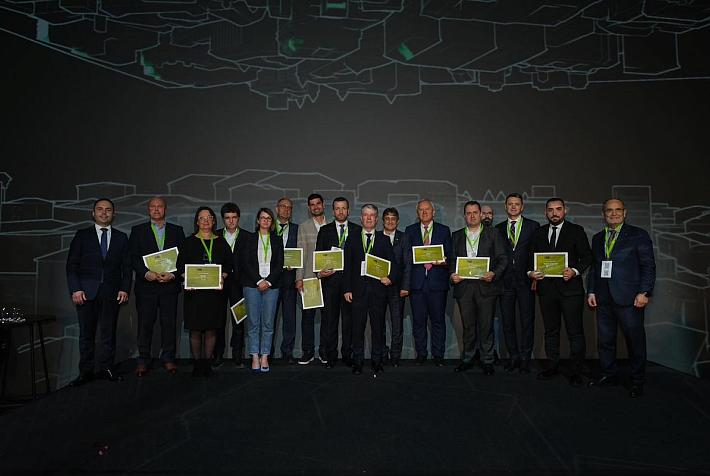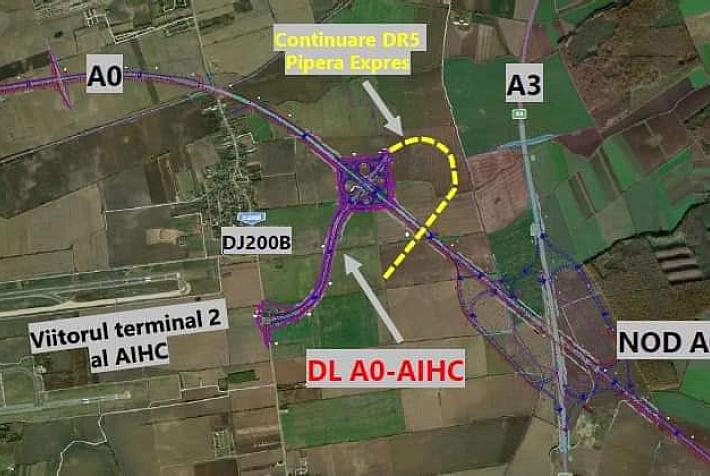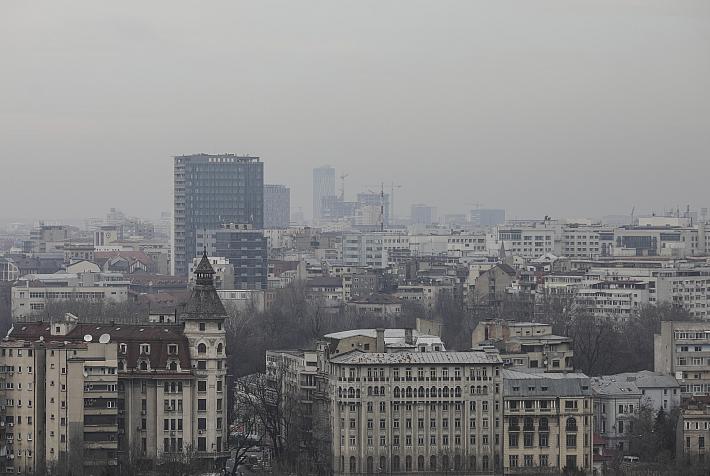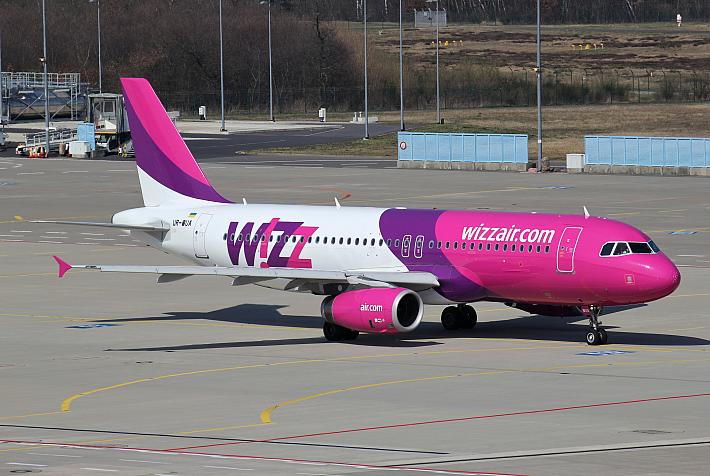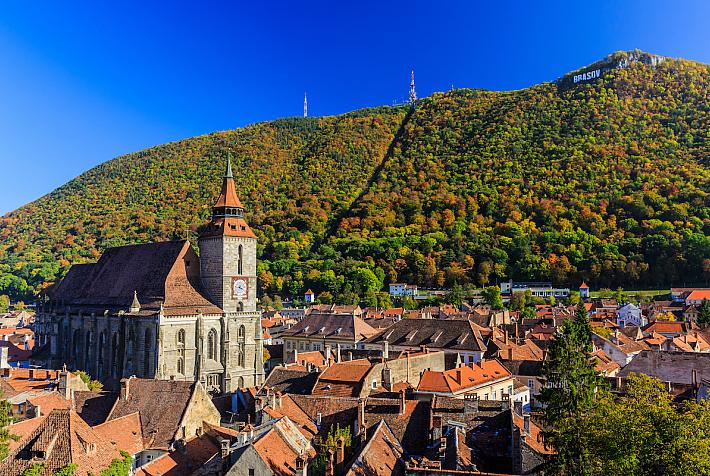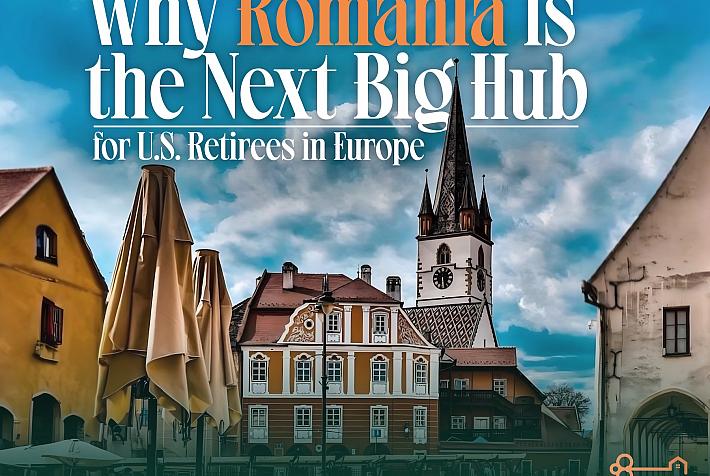Romania's mineral resources agency denies extraction prospects of other minerals than gold, silver at Rosia Montana

Suggestions that other valuable resources buried at Rosia Montana would be extracted in controversial plans to mine the area have been shot down by the National Agency for Mineral Resources (ANRM).
ANRM president Gheorghe Duțu rejected notions that Rosia Montana Gold Corporation (RMGC) would harvest other minerals if given permission to mine the site.
Attending a meeting of the Special Parliament Commission, which is currently analyzing the Rosia Montana gold project before the Parliamentary vote, Duțu said the product would be 17 percent gold and 83 percent silver.
“We cannot talk in percentages about the possibilities to discover other elements for exploitation there,” said Dutu.
“Feasibility tests have been made in international accredited laboratories. So, the elements which currently exist there are under the exploitation limit.”
Commentators have recently argued that the stake of the project is not only how much gold and silver RMGC would extract from Rosia Montana but includes other rare minerals, which can be extracted once found.
These include things such as cadmium, selenium, indium, gallium and feldspat/silicate, as well as sulphur, some of which are used in the aerospace industry.
In an interview in 2006 geologist Aurel Santimbreanu, former chief engineer at the state mine at Rosia Montana, said the state mine – which previously operated on the site – used to get hefty bonuses at the end of the year by selling these rare minerals.
The members of the Parliamentary commission are set to go to Rosia Montana on Wednesday and Thursday this week (September 25, 26), to talk to representatives of the miners, of the RMGC and of the NGOs, which oppose the gold mining project for environmental reasons.
The commission has until October 20 to finalize its report on the mining project until and then send it to the Senate.
This comes after the Romanian Government on August 27 approved the law for the Rosia Montana gold mining project.
The approval triggered street protests, which have been organized every evening in Bucharest and other Romanian cities since the beginning of September.
On Sunday evening (September 22), over 15,000 people took on the streets of Bucharest again protesting until late at night.
Marches spurred on by live classical music, a flash tango dance mob and cycling rallies are among the incarnations of the daily protest movement.
The bill, if approved, would allow Rosia Montana Gold Corporation (RMGC), majority owned by Canadian firm Gabriel Resources, to begin extracting gold from the central Romanian region using cyanide mining to leech the metal. The draft law needs approval from the parliament.
The use of cyanide as well as the landscape destruction wrought by the project are chief concerns of the mine’s critics.
But RMGC, which is about 20 per cent owned by the Romanian State, has pointed to the project’s economic benefits and job creation.
The Canadian investor is expected to pay some USD 146 million yearly to the Romanian state, plus an additional guarantee of USD 25 million a year to cover potential ecologic accidents.
The business plan shows 2,300 jobs in a first stage and 900 jobs when the mine becomes operational.
Should the Parliament give its green light for the project, Romania is expected to become the largest gold producer in Europe, surpassing Finland and Sweden.
The Canadians expect to find 300 tonnes of gold and 1,400 tonnes of silver at Rosia Montana.
editor@romania-insider.com
(photo source: Kittila Mine in Finland)







